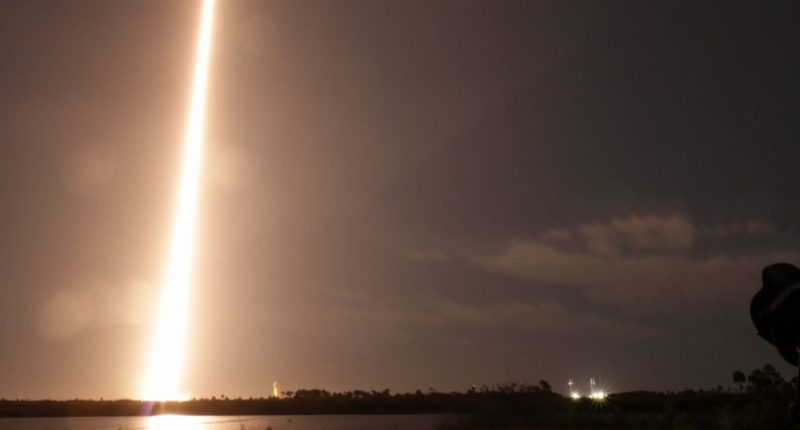Human beings are like trees in the context that while we have our roots embedded into the Earth, we want to touch the skies. The biggest step that our species took, arguably, is the first step it took outside its home planet. And now, we want more. For centuries, poets and philosophers have deemed the Sun as our father and it is time for a family reunion.
NASA and European Space Agency set on a collective mission to discover polar regions of Sun, with the takeoff of the Solar Orbiter spacecraft from the Cape Canaveral, Florida, at 11:03 p.m. ET (0403 GMT Monday), kicking off a 10-year voyage.
The takeoff was picture perfect, as remarked by Daniel Mueller, a scientist for ESA who worked on the mission. ” And suddenly you really felt you are connected to the rest of the solar system,” he said after the takeoff.
At 12:24 a.m. Monday, mission controllers at the European Space Operations Centre in Darmstadt, Germany, received a signal from the spacecraft indicating that its solar panels had successfully deployed.
In the first two days after launch, Solar Orbiter will deploy its instrument boom and several antennas that will communicate with Earth and gather scientific data. Solar Orbiter is on a unique trajectory that will allow its comprehensive set of instruments to provide humanity with the first-ever images of the Sun’s poles. This trajectory includes 22 close approaches to the Sun, bringing the spacecraft within the orbit of Mercury to study the Sun and its influence on space.
The mini van sized spacecraft, will travel 26 million miles from the sun’s surface, in a journey aided by the gravitational forces of Mercury and Venus. This will account to 72% of the total distance between Sun and our home planet.
The study carried out by the solar probe of the Sun’s polar regions will help scientists better understand phenomenons like solar winds, a rush of charged particles affecting the Earth’s poles, posing a threat to all electronic devices. Apart from this, the mission will also help in understanding radiation in space, which can cause major issues to travellers of the future.
“I have been in solar physics for many years; I just never thought I would actually witness something come to fruition like this and actually launch. It’s amazing,” said Holly Gilbert of NASA.
This is a major step in the journey of mankind, and will help us reach new heights. On a hypothetical ground, the next step in the evolution of mankind, after it has gained the ability to enervate all energy from Earth and become a Type I civilization (able to use all the resources of its homeplanet), will be to take all that the Sun has to give. This mission can be the beginning of a new world and a milestone in humanity’s story.





